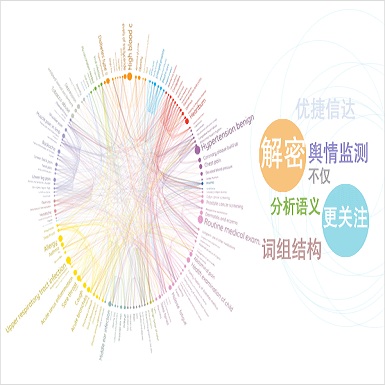Despite the frequent challenges posed by ambiguity when representing meaning via natural language, it is often ignored or deliberately removed in tasks mapping language to formally-designed representations, which generally assume a one-to-one mapping between linguistic and formal representations. We attempt to address this shortcoming by introducing AmP, a framework, dataset, and challenge for translating ambiguous natural language to formal representations like logic and code. We define templates and generate data for five well-documented linguistic ambiguities. Using AmP, we investigate how several few-shot text-to-code systems handle ambiguity, introducing three new metrics. We find that large pre-trained models perform poorly at capturing the distribution of possible meanings without deliberate instruction. However, models are able to capture the distribution well when ambiguity is attested in their inputs. These results motivate a call for including ambiguity explicitly in datasets and promote considering the distribution of possible outputs when evaluating systems. Data and code: https://github.com/esteng/ambiguous_parsing
翻译:暂无翻译




